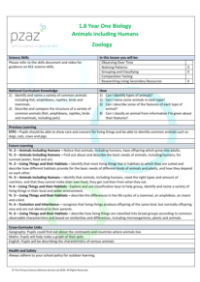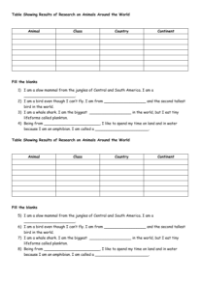Zoology - Body Parts

Science Resource Description
The study of zoology encompasses the intricate details of animal anatomy, including a diverse array of body parts that have evolved to suit various ecological niches and survival strategies. Among these are shells, commonly found in molluscs and turtles, which provide protection from predators and environmental elements. Fins are signature features of fish and certain marine mammals, essential for steering, stability, and propulsion in aquatic environments. Stings, often associated with insects like bees and marine creatures such as stingrays, serve as a defence mechanism to deter predators.
Gills are the breathing apparatus for many aquatic organisms, allowing them to extract oxygen from water, while feathers are unique to birds and serve multiple functions including flight, insulation, and display. Tails are widespread across the animal kingdom, offering balance, communication, and in some cases, a means of grasping or holding objects. Fangs, found in venomous snakes and spiders, are specialised for injecting venom into prey or predators. Scales provide protection and can aid in locomotion for reptiles and fish. Antennae are sensory appendages on the heads of insects and some crustaceans, crucial for detecting environmental cues. Lastly, wings, not limited to birds but also found in insects and bats, are pivotal for flight, one of the most remarkable adaptations in the animal kingdom.










